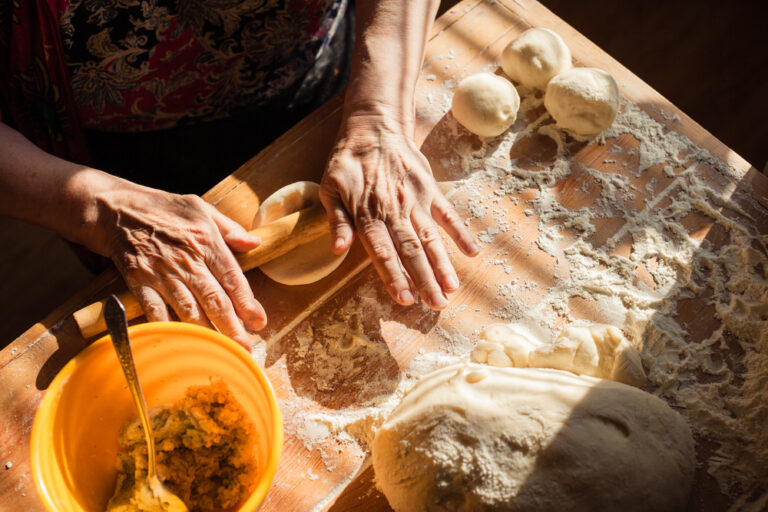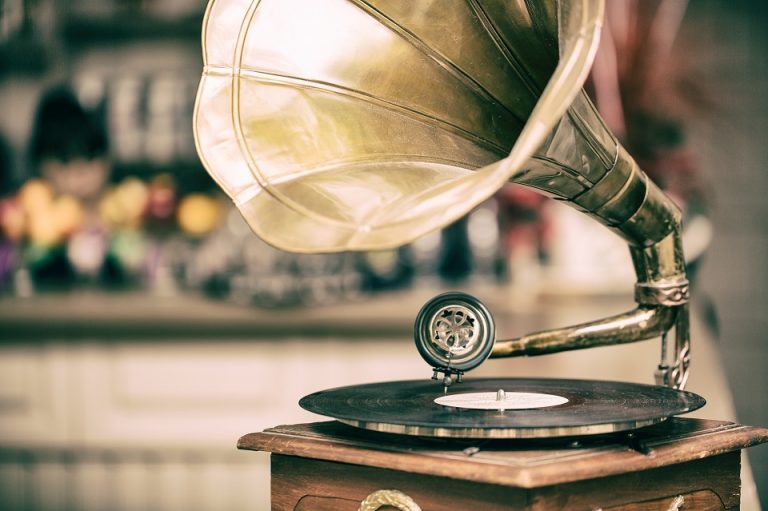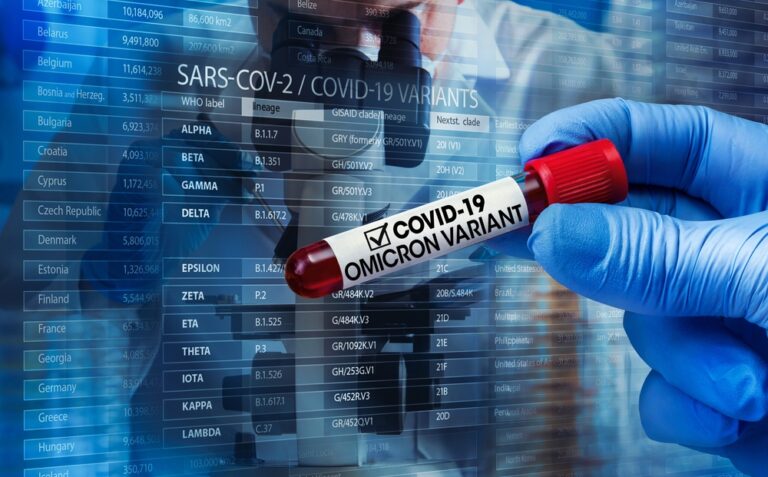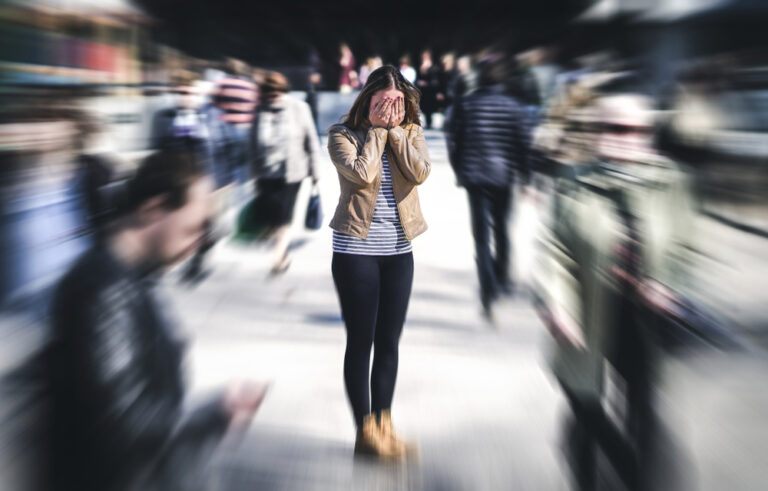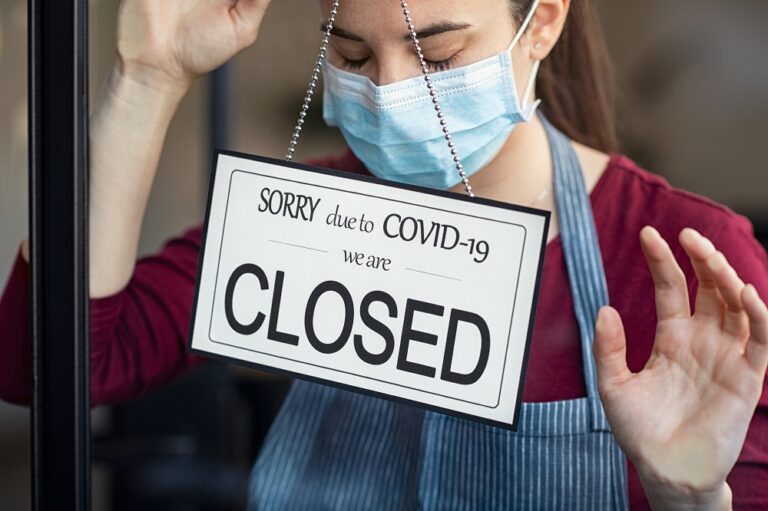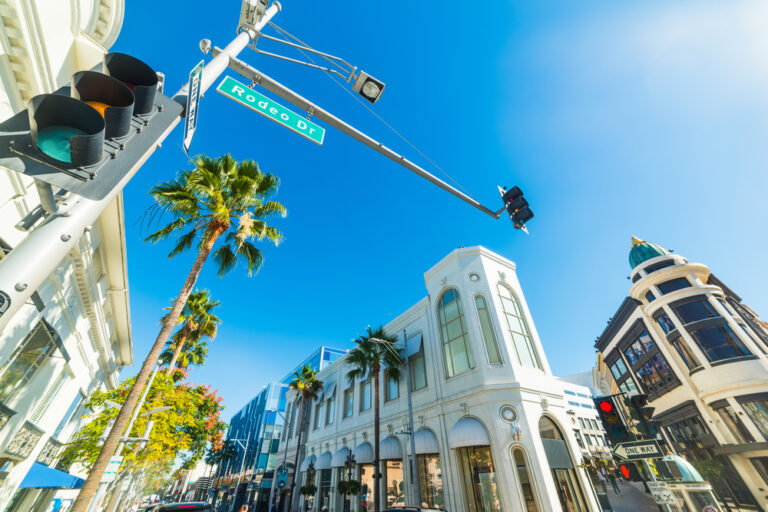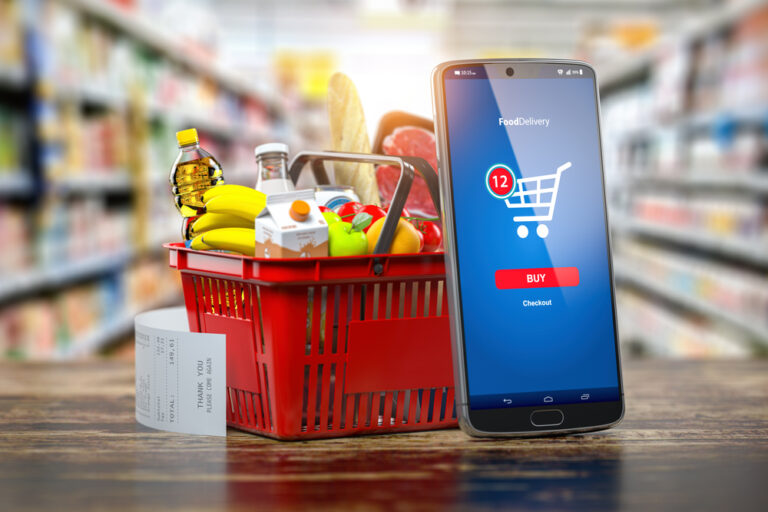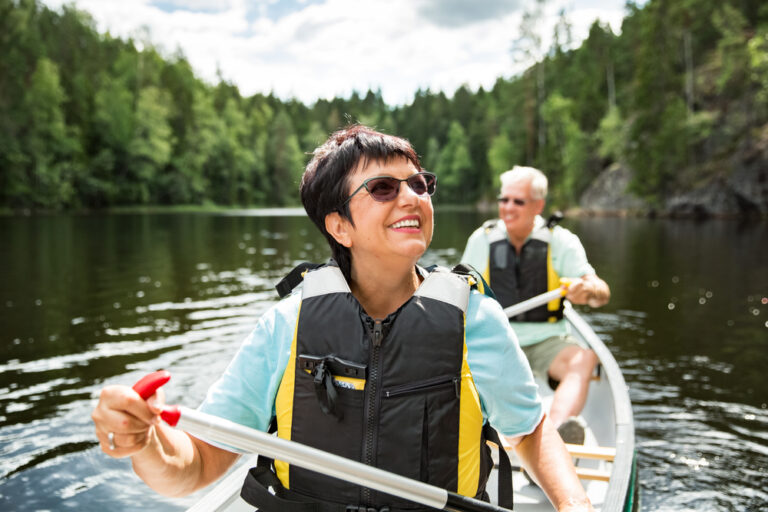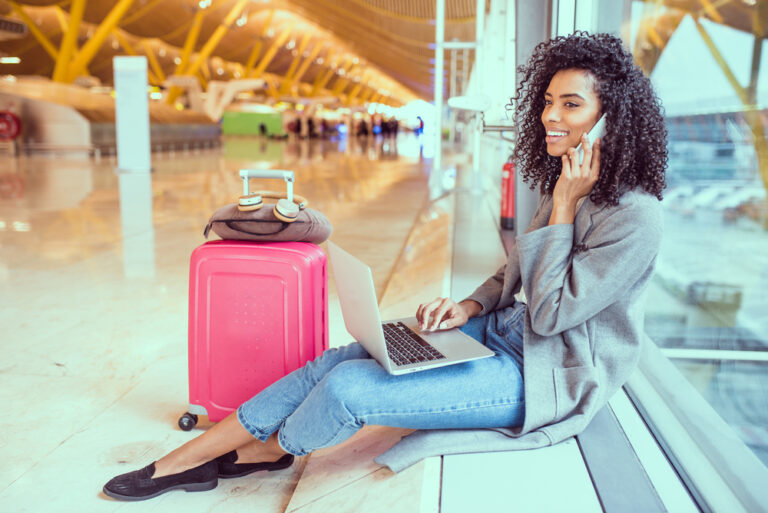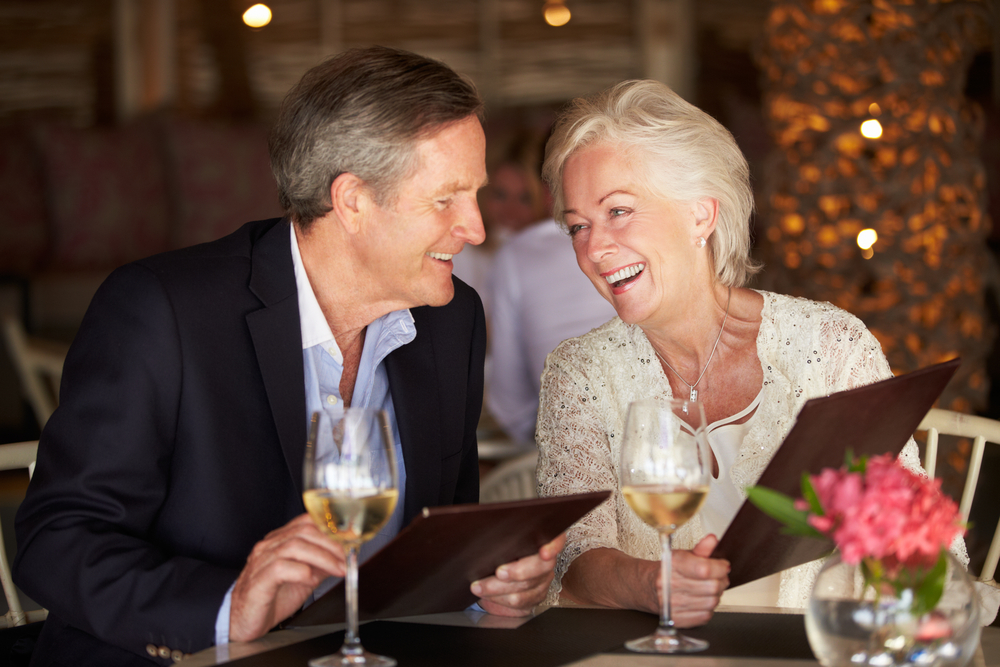
The Coronavirus lockdown seems to be coming to an end as local and state governments are trying to navigate opening guidelines based on recommendations from the CDC.
For some these may turn into worrying times while others can’t wait until they’ll be able to finally head out again. A lot of people all over the country are excited to meet up with their friends and families while keeping up with safety measures and social distancing. Understandably, you might want to head out to your favorite bar and restaurant.
Some restaurants may have stayed open in order to meet takeout orders while others have been temporarily closed- bad news for both employees and customers. Now it’s time to slowly reverse those measures and, as such, certain precautions have to be set in place.
Now that restaurants are opening see if you can spot these 12 subtle changes when you dine. If not it may be time to reconsider your next reservation in order to keep yourself, your loved ones, other diners, or employees safe.
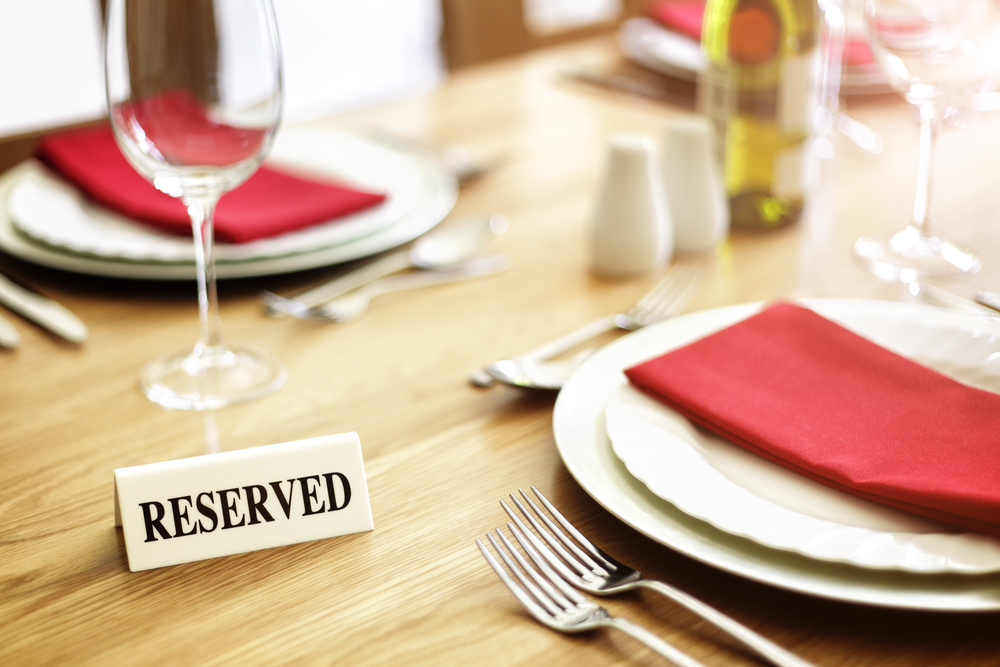
1. Staggered reservation times.
You may not have always made reservations before heading out for a bite with your friends, but soon you might need to. Many restaurants are opting for reservation-only policies in order to better control the crowds while offering their employees enough time to clean up seating areas.
In some cases, these systems may be used to simply avoid loud crowds near the entrance- small changes with monumental impacts.
Furthermore, some restaurant owners and managers are asking customers that may be late to text or call before even getting out of the car in order for them to replan for their arrival.

2. Host seating for bar guests.
You’re probably used to a host greeting you as you enter a restaurant. They’ll ask if you have a reservation or about the number of guests in your party. Well, some bars seemed to have taken the same approach.
Before the pandemic, anyone over the age of 21 (except for Puerto Rico and the Virgin Islands where it’s 18) could have comfortably walked in and picked a spot at a bar. Now you should expect to be greeted and seated by an employee.
The most surprising part of this is that some establishments have seen how seamless the process has become and are planning on keeping this practice, claiming that beyond worries about social distancing, it also offers guests a warm welcome. It’s a great way to create a great dining experience for patrons, after all.
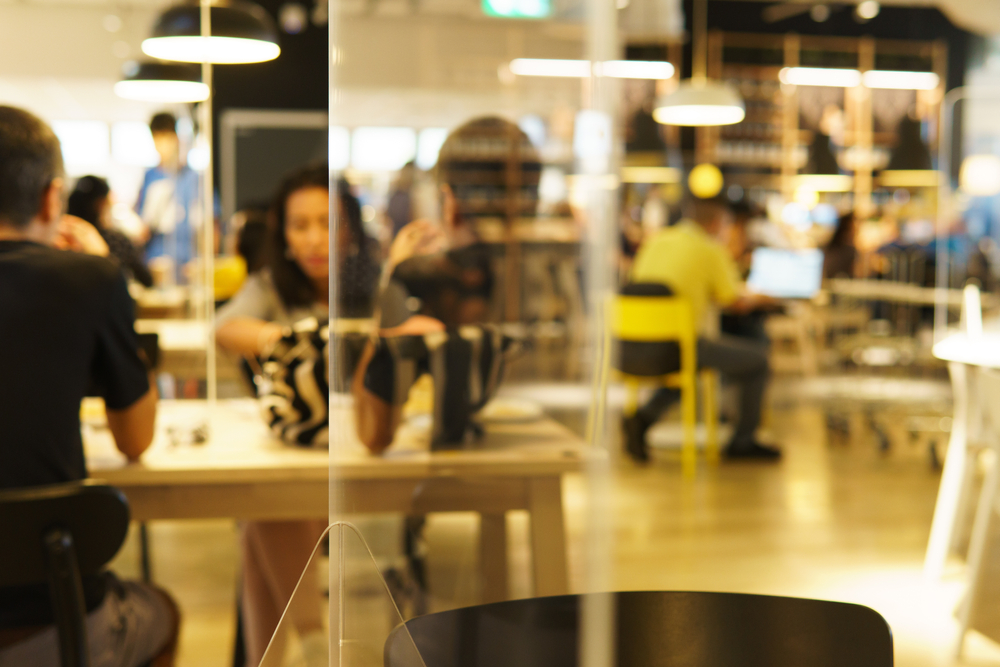
3. Plexiglass barriers between tables and booths.
The use of plexiglass in restaurants might be painfully evident at first, but most people agree that after a while it’s easy to overlook if not even forget about it.
Each restaurant has different measures set in place but no matter their setup is you can rest assured that they are taking your health and safety very seriously. Some installations can go all the way up to the ceiling while others may be set up on wheels in order to move them with ease across the restaurant.
Whichever the case, both of these ideas are good at alleviating the spread of germs.
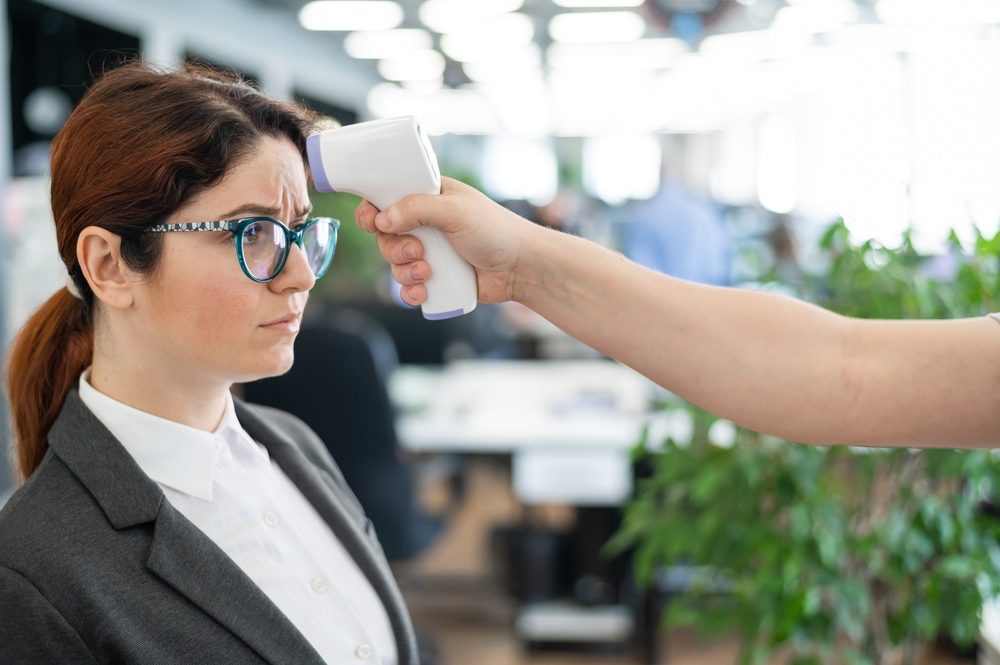
4. Wellness check-ins for employees.
Staff members including waiting staff, bartenders, managers, and hosts all come in contact with dozens of people on a daily basis, so it’s important for the community as a whole for the industry to ensure their safety. By doing so they would also help in further mitigating the spread of a virus if a worker comes in contact with a carrier.
Wellness check-ins are being performed across the nation. Naturally, these include a temperature check at the beginning of the shift. Other restaurants and bars have also started including open and honest conversations between workers and managers, all of which are logged, in order to find out if the person has come into contact with the virus or not.
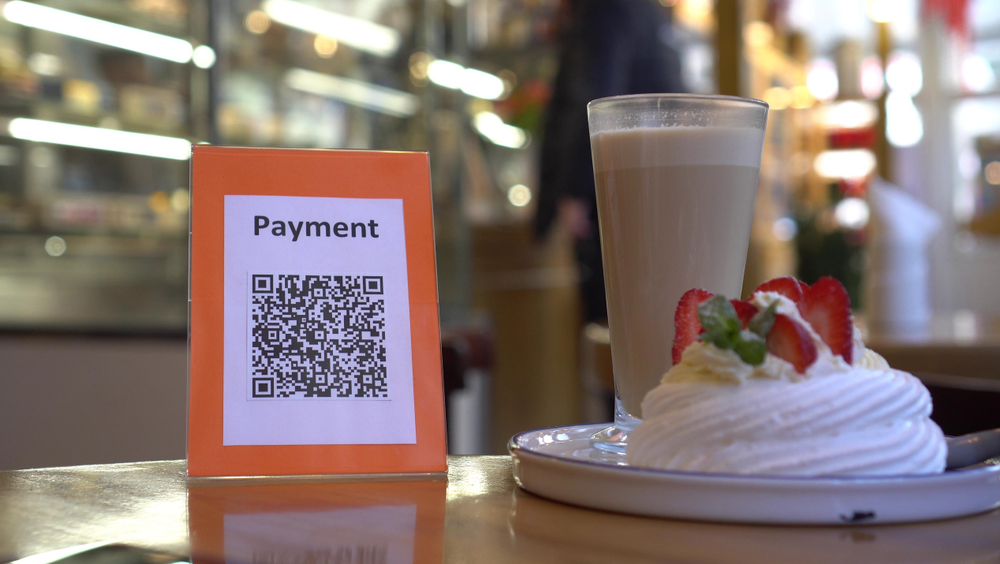
5. QR code contactless ordering system.
One way to help in stopping the spread of germs between customers and also between employees is to use laminated menus that can be wiped down. Some restaurants have taken this a step further and have created one-time use menus instead.
Others still have come up with clever contactless ordering systems that use QR codes. That way you can avoid touching any menus what so ever. By using your phone your order will be printed directly into the kitchen. This is also helpful for those who live with immuno-deficient people as they can limit the number of foreign surfaces they touch during their dining experience.

6. Installing UV lights in the silverware and glassware cabinets.
While bars and restaurants are expected to diligently wash utensils and glasses at all times, it’s now more important than ever to add extra safety precautions. That’s because these are the perfect way for people to transfer bodily fluids after use.
Establishments have started installing UV lights in the compartments where they store such items. After being washed they are wiped down with antimicrobial polishing towels. Then they are exposed to UV lights.
When all three steps are used accordingly it can drastically limit the spread of germs from one customer to another. We can’t help but hope that bars and restaurants will keep using these precautions even after lockdown orders are fully lifted.
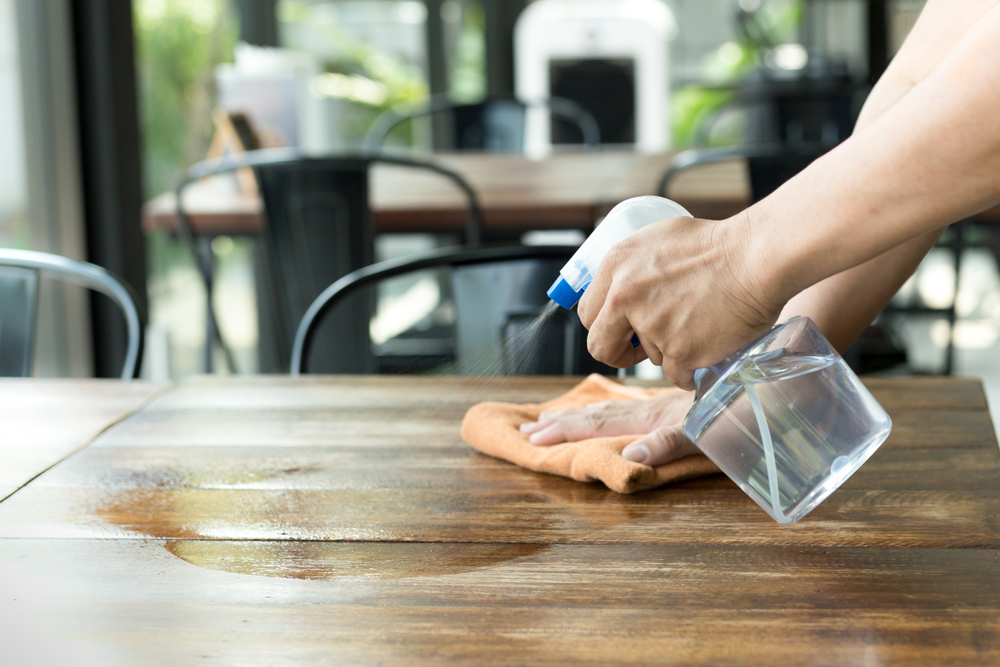
7. Designated disinfector.
Restaurant staff is already overwhelmed with the new norm they are forced to work within. On top of safety measures, they must also do their ‘regular’ jobs- not to mention putting up with frustrated customers.
So how have some owners reacted to this dramatic shift in responsibilities? Well, some restaurants have employed a designated disinfector. While the rest of the staff is hard at work keeping customers happy, a disinfector ensures that the establishment is clean and following safety precautions such as the use of gloves and masks. They also clean every surface with food-grade, non-toxic spray in between shifts.
This added protocol has started springing up across the nation. During your dining experience you might notice a staff member that isn’t taking orders, nor are they bringing food to tables or booths. As such you can rest assured that your favorite restaurant is clean and that you are well protected.
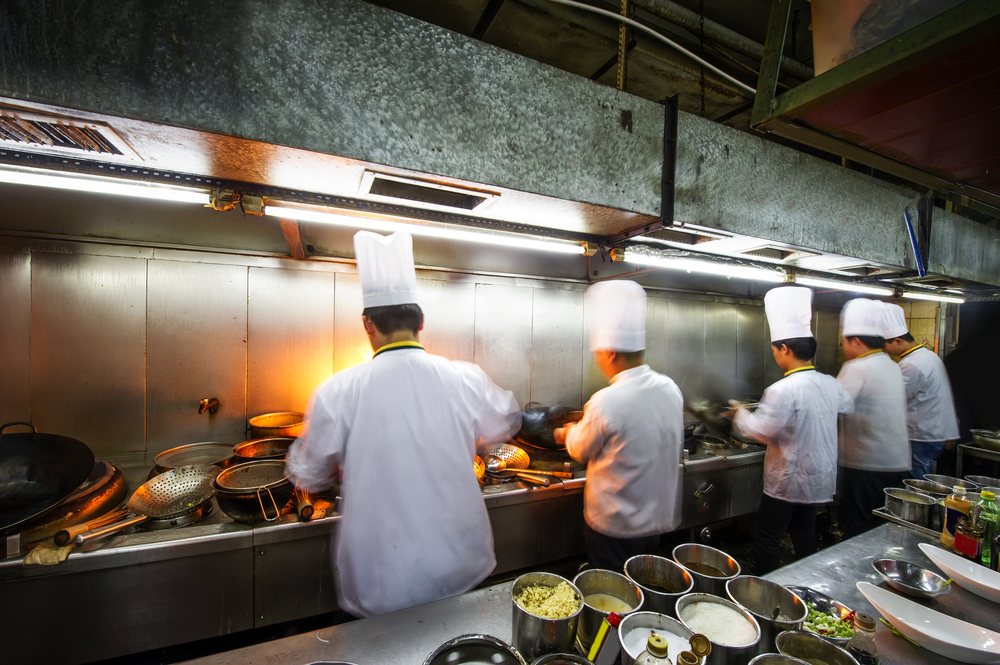
8. Staffing bubbles.
Creating staff bubbles is a clever way of limiting the exposure of an entire restaurant. Owners who care for the wellbeing of their employees will do their best to ensure that the same group of people will always work together.
Think about it! If unfortunately, someone catches the Coronavirus and unknowingly spread it due to a lack of symptoms, they’re less likely to spread to the whole floor by only working in a certain area for a certain period of time.
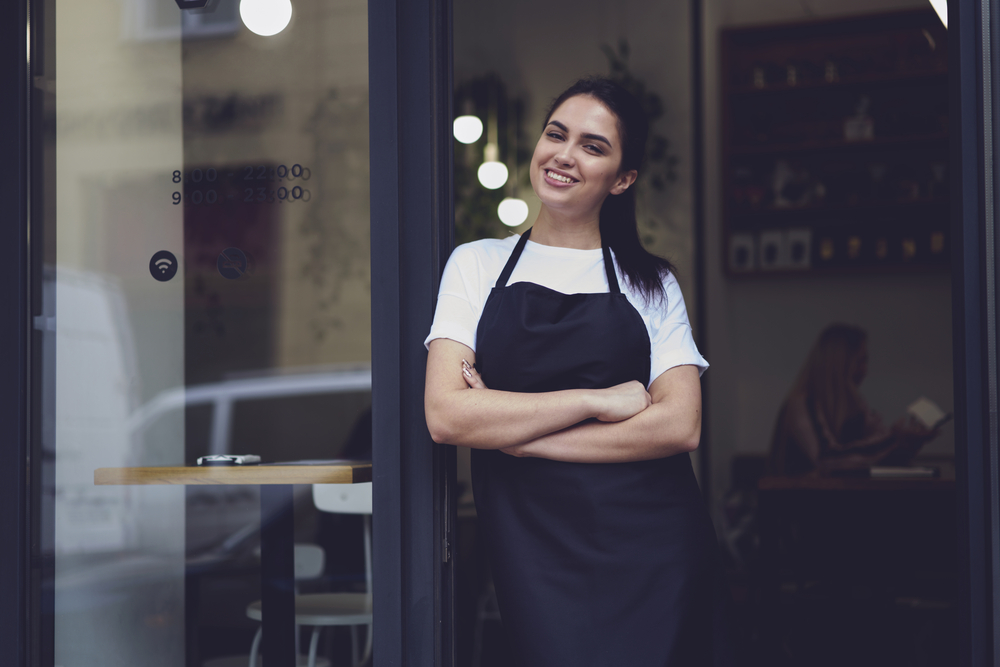
9. Contactless doors.
As awareness over the number of surfaces we touch on an hourly basis has increased, restaurant owners have taken matters into their own hands… literally.
It may be downright impossible for some locations to switch their doors to contactless options, but other changes are being implemented instead. For example, some restaurants may have installed door kicks.
Others provide paper towels and disinfectants at the entrance not so that you can clean your hands but in order for you to open the doors with a little barrier. Simple yet effective!
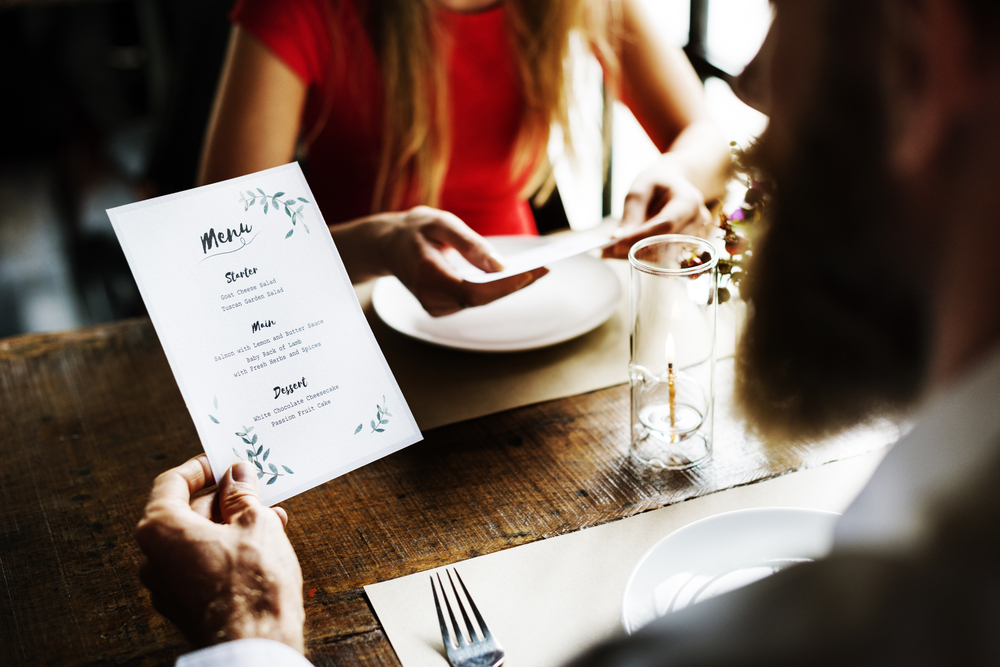
10. Scaled-down menus.
You may have waited for months to sit down and enjoy your favorite meal. However, you might find out that it was removed from the menu. In that case, try to be a little patient and understand this is just another method of keeping you and everyone else safe.
By scaling down operations, restaurant owners can further limit exposure, especially in the kitchen. With fewer items to prepare, the staff can work without bumping into each other constantly. That and there may be fewer employees needed in order to execute certain tasks.
In time, things will go back to normal but for now, we may as well get used to scaled-down menus.
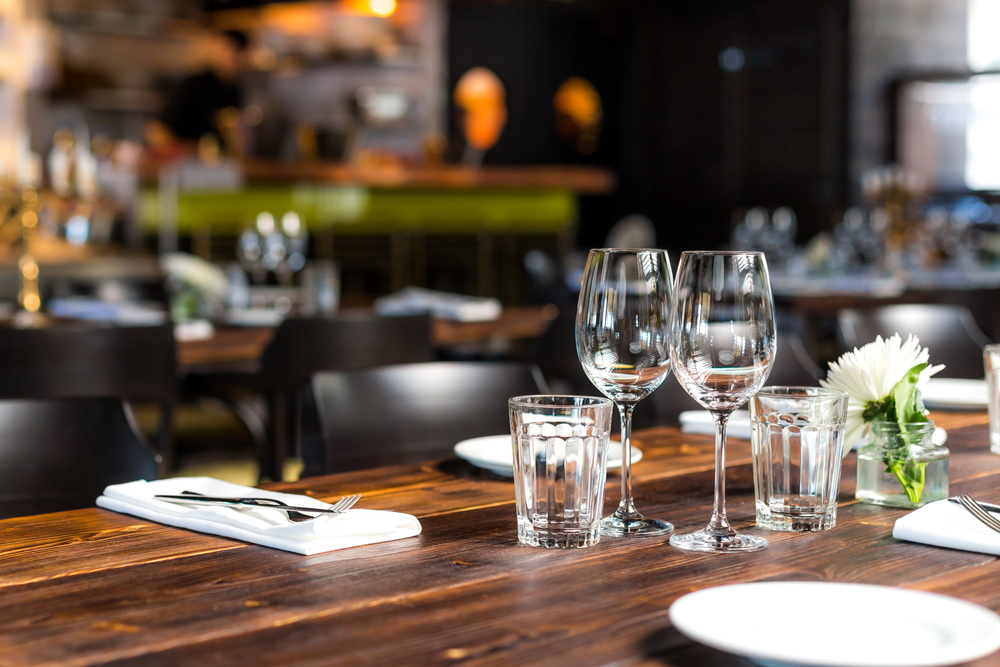
11. Bare tables.
During these uncertain times, it’s best fo us to limit cross-contamination. One simple way to do this, especially in a restaurant, is to cut down on the items that we touch during our breakfast, lunch, or dinner.
That’s why you might find that tables are barren when you walk in. Some places have opted to avoid pre-setting tables. Getting rid of the salt and pepper shakers and other goodies is just as effective.
Of course, this doesn’t mean they’re unavailable for you. Just kindly ask a staff member to provide you with some and they will, you just won’t find them at your table when you’ll be initially seated.
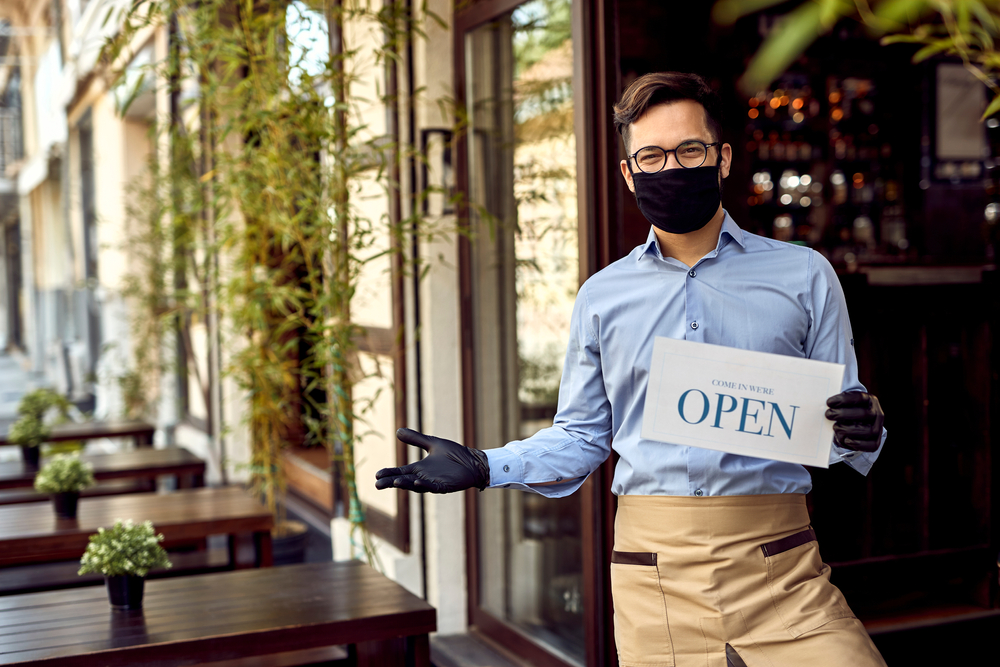
12. Specific entering and exiting protocols.
Those locations with two available entrances claim to be extremely lucky nowadays. That’s because they can easier control traffic in and out of the building, ensuring that customers won’t come into contact with too many people.
We all know how busy restaurants can get during peak times. Now imagine a short-staffed restaurant trying to handle various parties coming in and out at the same time!
Where possible, guests are only allowed to walk in through a specific set of doors and exit through another. Strange, to be sure, but it’s just an added layer of protection for everyone involved!






